
The modern era of language learning has arrived, and best language learning software is your best option. Many people all over the world need or want to learn a new language, but their hectic schedules and limited resources prevent them from enrolling in language classes.
Maybe you’re a language learner who wants to make significant progress in your language skills for school, work, or personal development. Whatever your goal, there is a wide range of language learning software available to help you learn the language quickly and efficiently. With the best language learning software, learning English, French, Greek, or any other language has never been easier, more convenient, or more engaging.
Learning a new language is never easy, but it can be made easier with the right attitude and tools. However, before you begin, selecting the right tools to assist you can be critical. What language would you like to learn? Are you just starting out or are you well on your way to mastering this new language? How many weeks, days, or months do you have available to devote to learning the language?
These questions are important for setting goals for your language learning project, as well as when looking for the right tools. Fortunately, we’ve discovered some of the most dependable, affordable, and user-friendly the top 8 best language learning software in 2022 to assist you on your language journey.
Top 8 Best Language Learning Software In 2021
1. Rosetta Stone
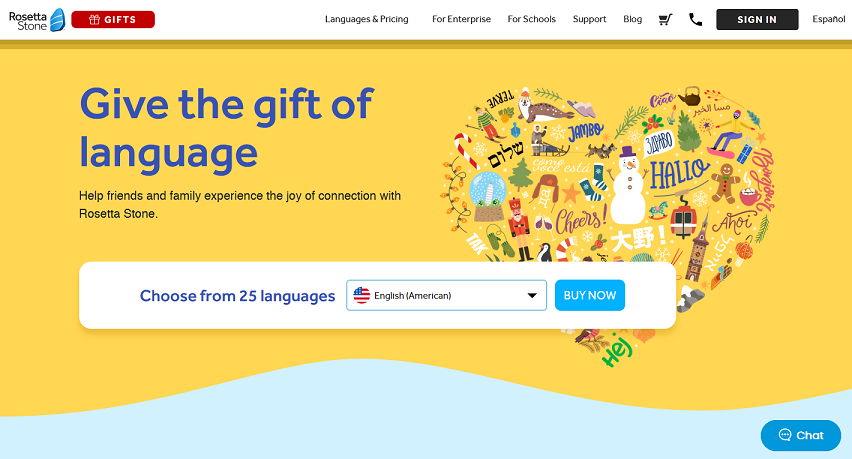
Rosetta, which was first introduced as a CD-based application in 1993, is still one of the best language learning software available. Today, the company’s online subscription service provides lessons in over 30 languages, including endangered ones.
The program’s teaching philosophy contributes to its success in this area. Listening, reading, writing, and speaking are all core parts of language learning that Rosetta attempts to incorporate into a unified, holistic approach. Rosetta’s speech recognition technology, which has won accolades for its accuracy and great degree of customizability, is another reason why it succeeds at establishing an immersive approach to language. Learning to communicate like a native speaker is critical for students to feel as though they are making real progress in their studies. The system is compatible with any Rosetta-enabled devices, including computers, tablets, and smartphones.
Rosetta Stone offers three-month language learning courses starting at $35.97 ($11.99/mo). Users can also pay for 12 or 24 months of subscription time, or they can pay for a lifetime subscription instead. Access to all of Rosetta’s languages is included in these three plans.
2. Pimsleur
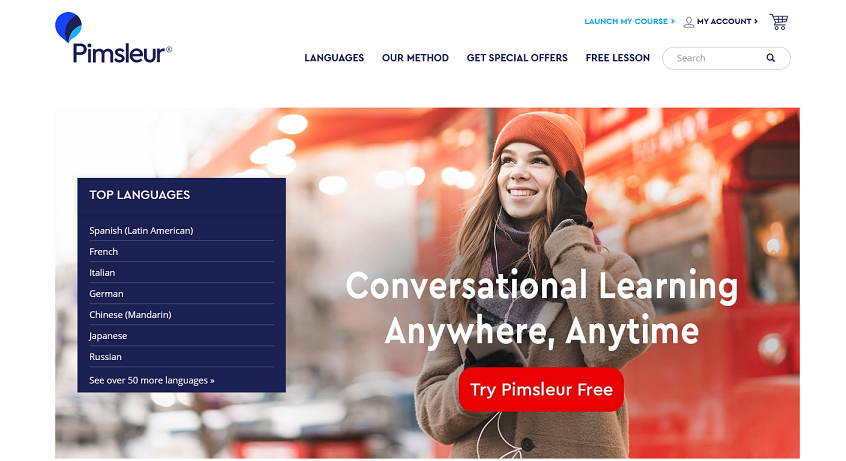
Pimsleur Premium succeeds in providing a platform that is well suited for the average person. The Pimsleur classes, unlike the other software on this list, were created with a conversational methodology in mind. Lessons are audio-focused and often no more than half an hour long; users are encouraged to learn while driving, riding the subway, or taking a break at work. Courses can be accessed via the software’s phone app or website. It includes flash card exercises, reading lessons, and other online supplementary material in addition to its core audio classes. It offers classes in over 40 languages for as little as $19.99 per month.
3. Duolingo
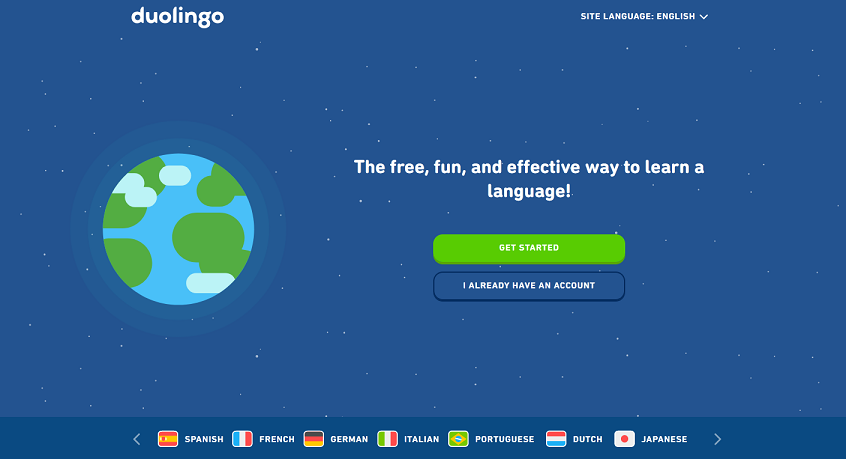
Duolingo is one of the best language learning software in the Apple and Google app stores, with over 300 million users. The software is substantially gamified, with experience points, leaderboards, and other elements aimed at keeping users interested. The goal is for users to maintain a streak and return every day in order to keep their language abilities fresh — and their numbers high.
It delivers something no other software does: it provides a free platform where users can experience the benefits of language learning indefinitely. However, because it is free, it relies on advertisements and in-app software to stay afloat. If you despise advertisements, you may subscribe to Duolingo Plus, which includes progress quizzes, one “streak repair” each month, and offline courses. The plan begins at $6.99 per month.
Duolingo’s courses are structured as “trees,” with users completing a certain number of levels in each segment before progressing. Some language tracks have been fully completed, with courses reaching complex vocabulary and grammatical content near the conclusion, and others remain at the beginning level. While this may not be true for all of Duolingo’s 26 options—they are all created and moderated by different people, and Duolingo itself just assesses the courses—it is the case for the majority of them.
It is particularly unique in that it provides classes in languages that are rarely found elsewhere, such as Hawaiian, Welch, and Navajo. It also enables courses for created languages, which include Esperanto, Klingon, and High Valyrian at the moment.
4. Babbel
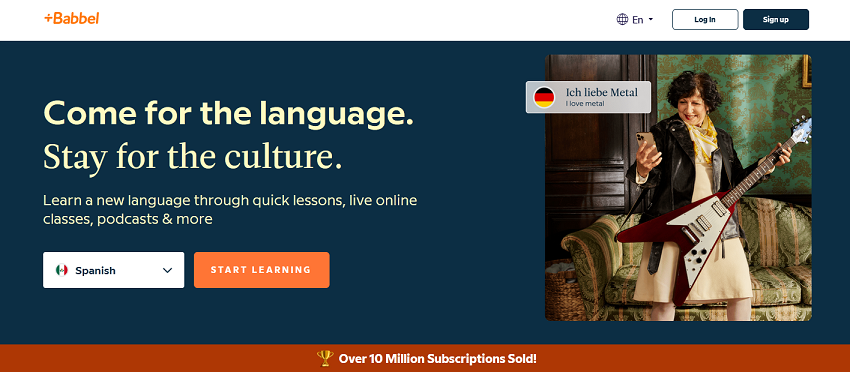
Grammar may not be the most fascinating aspect of learning a language (for some! ), but it is a necessary component for anyone who wishes to do more than just speak the language at a basic level. It’s especially necessary if you want to utilize the language professionally or grasp more sophisticated sentence constructions.
Babbel’s grammar drills include both explanatory and interactive content. The exercises explain how specific sections of the language work while asking you to fill in the blanks. The grammar classes require you to perform a wide range of tasks, including as conjugating verbs, detecting word types, and composing sentences in specified ways. Furthermore, grammatical hints appear throughout regular sessions, which is an excellent way of incorporating what users learnt into other portions of the course gradually.
Babbel is a subscription-based service, with fees starting at $6.95 per month for a full year. The shortest subscription period, three months, costs $8.95 per month.
5. iTalki
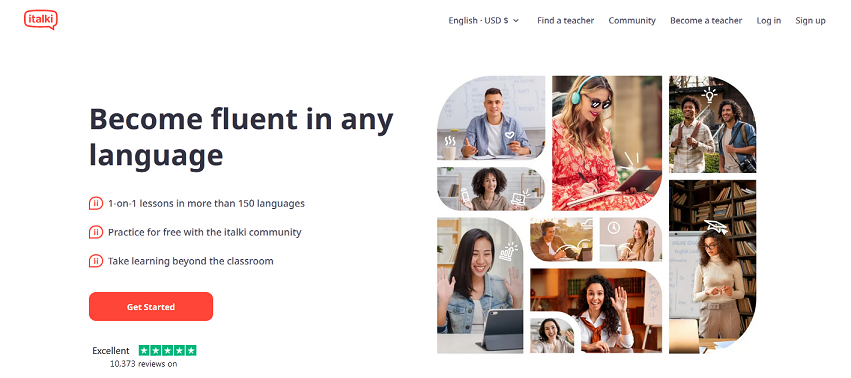
There are a variety of apps and software that forego the traditional pattern of language courses in favour of alternative techniques of learning. One of these approaches is one-on-one tutoring, which iTalki excels at. It began as a language exchange community where users could improve their abilities by conversing with learning partners who were natural speakers of the target language. The portal now also functions as a teacher marketplace, where users may contact tutors to schedule tailored sessions.
Those who want to improve their pre-existing language skills or who feel they aren’t getting anywhere learning on their own should definitely consider hiring a tutor, even if only as a supplement for pronunciation and fluency. Teachers at iTalki choose their own rates and fees for sessions in virtually any language. It is the best language learning software.
It uses an in-app wallet to which users can contribute credits. These can then be spent on individual lessons and tutoring sessions, which cost an average of $10 but can be as little as $5 or as high as $20 depending on the language combination and the tutor’s popularity.
6. LinguaLift
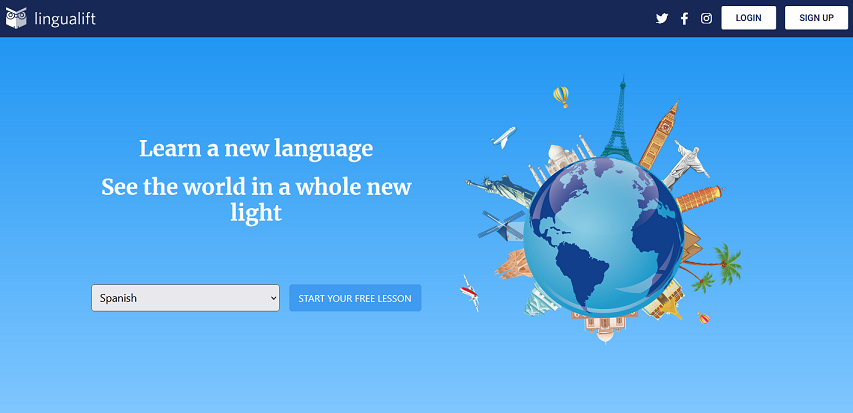
Despite the fact that it only provides three courses — Russian, Hebrew, and Japanese – LinguaLift excels in these three languages. The portal relies largely on text and graphic material and offers practice sheets to users. In some ways, it is similar to a digitally enhanced textbook rather than a regular online course.
It distinguishes itself most by providing pupils with a high level of cultural immersion. Every lesson includes detailed explanations of why certain terms are employed or the background of various traditions and practices. You might study about cherry blossoms in Japan or winter in Russia, with specialized language relating to these topics. LinguaLift constantly tries to connect the content of its courses to the culture, so you don’t feel like you’re learning a language in a vacuum.
It offers monthly and yearly subscriptions. The former costs $29.00 per month, but the latter costs $204 per year, or $17.00 per month.
7. Mondly
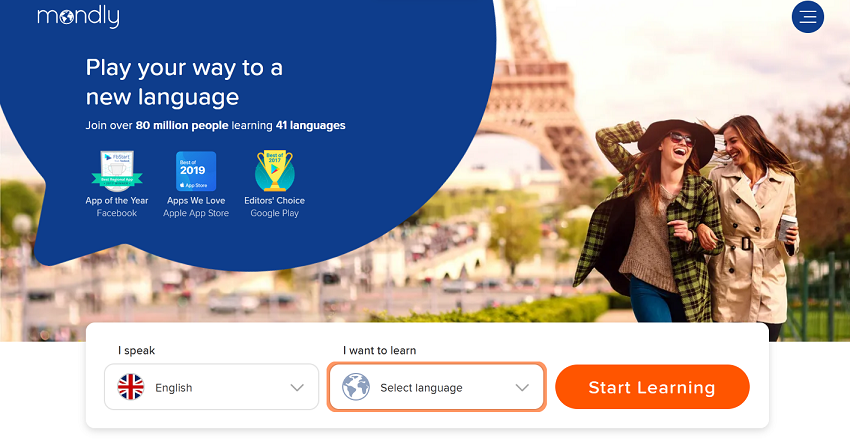
Mondly is another best language learning software. The software lessons focus on phrases rather than individual words from the start, giving you practical skills for establishing rapid discussions. And if proper pronunciation is important to you, you’ll appreciate two features of the app: You get to hear native speakers and practice real-world conversations with AI chatbots that utilize speech recognition to test and guide your speaking.
It is especially useful if English isn’t your native language. The language of language applications teach languages based on English and potentially a few additional possibilities. However, Mondly allows you to learn any of the other 33 languages in the app catalogue. That may be quite liberating.
However, you’ll need to subscribe to Mondly’s subscription service to receive more than a few free classes. Monthly fees are $10, or $48 for a year.
8. Memrise
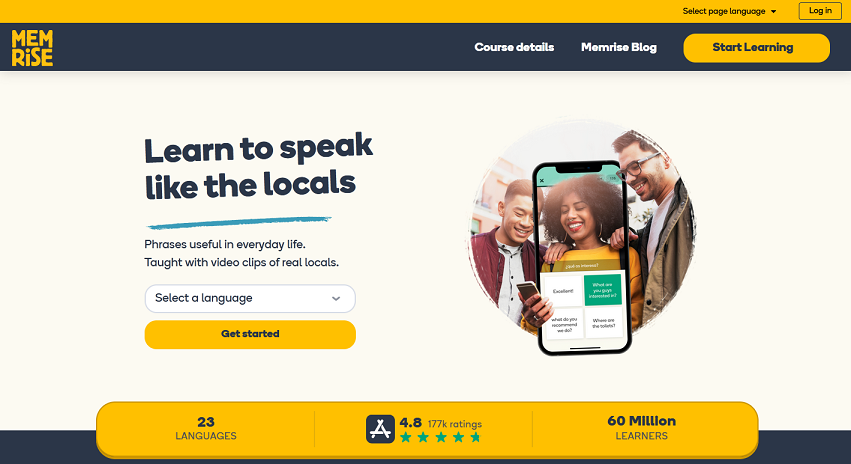
Memrise goes beyond flashcards, “click to hear” phrases, and quizzes to help you master real-world circumstances. Memrise classes, on the other hand, immerse you in movies that highlight real-world situations with native speakers via its “Learn with Locals” feature. This allows you to understand words, phrases, and sentences uttered by persons with genuine accents rather than speakers with flat or neutral accents. In addition, the Pronunciation Mode assesses your own speaking abilities.
There are 23 languages to pick from, with a free tier or a premium paid plan that costs $9 per month (or $7.50 per month if you sign up for the yearly plan). It can be accessed online or via a mobile app on your phone.








